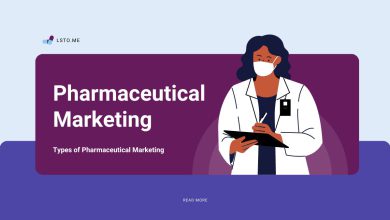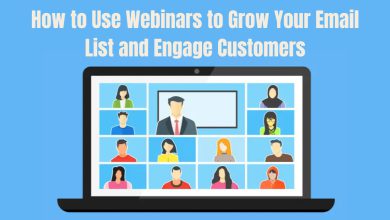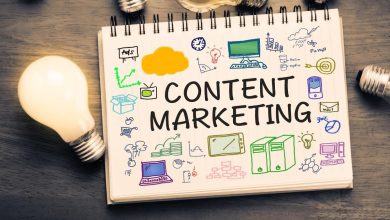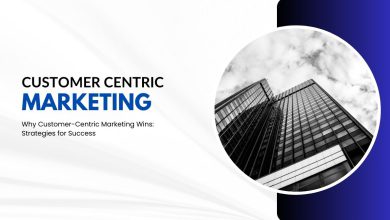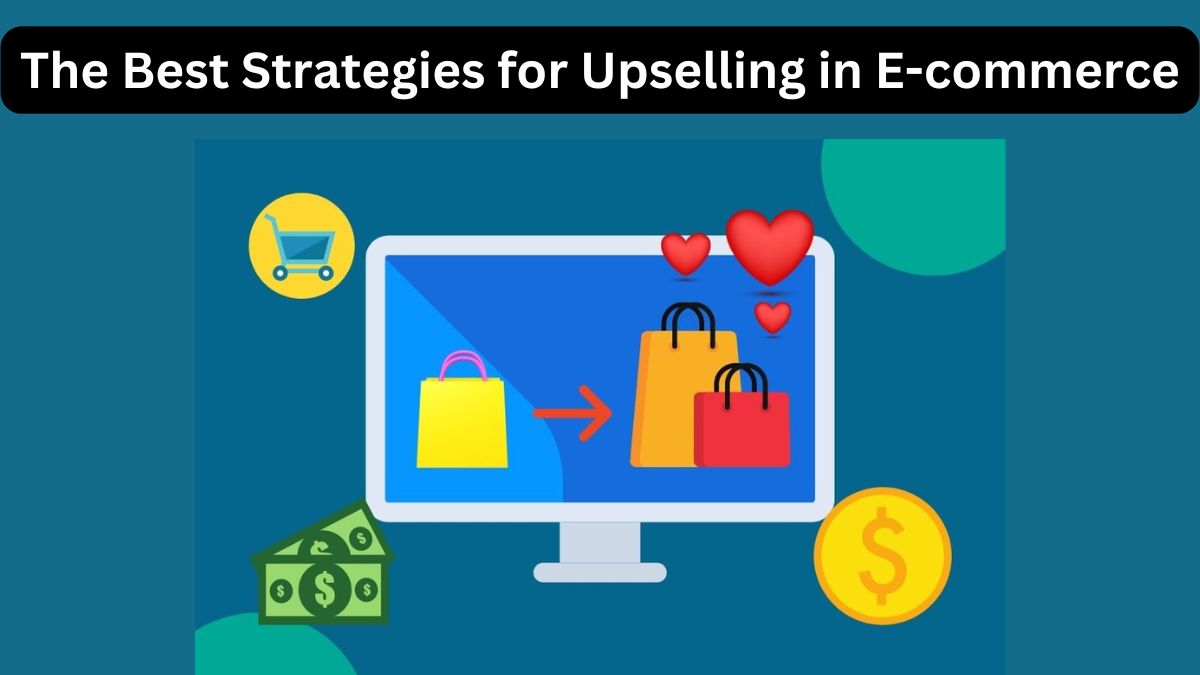
In e-commerce, you must boost your average order value (AOV) to grow and profit. One of the most effective ways to do this is through upselling. Upselling is persuading a customer to buy a higher-end, upgraded, or add-on product, often at a higher price. This strategy aims to boost sales and improve the customer experience. It does this by offering products that complement or upgrade their purchase.
This blog post will cover the best e-commerce upselling strategies. We’ll explain how to use them and why they boost conversions and revenue.
What Is Upselling in E-commerce?
Upselling in e-commerce is getting customers to buy a pricier version of the product they’re considering. There are various ways to do this. For example, highlight premium versions, offer bundles, or suggest valuable upgrades. The goal is not just to sell more. We want to improve the customer experience. We do this by offering products that better meet their needs or provide more value for their money.
For example, if a customer is looking at a basic smartphone, you could upsell them to a higher-end model with better features. Or, you could offer them accessories like a case or headphones. Placing these offers just right can boost purchase value. It will do so without being too aggressive.
Why Upselling Is Important for E-Commerce
Upselling benefits both the business and the customer in several ways:
Increased Revenue: Upselling increases the average order value (AOV), which leads to more revenue per customer without needing to attract new traffic.
Enhanced Customer Experience: By offering products that enhance their original purchase, customers feel more satisfied with their buying decisions.
Higher Profit Margins: Upselling typically involves offering higher-end products with greater profit margins, increasing overall profitability.
Customer Retention: When customers feel they’ve been provided with great options that improve their purchase, they are more likely to return for future purchases.
Effective upselling can boost sales. It can also improve your customers’ shopping experience.
Best Upselling Strategies for E-Commerce
Now that we’ve established the importance of upselling in e-commerce, let’s take a look at the best strategies to implement in your online store.
1. Product Recommendations and Bundling
One of the most effective ways to upsell is through product recommendations and bundling. These strategies encourage customers to add related or upgraded items to their cart, often at a discount.
Product Recommendations: This is when you suggest similar products or upgrades based on the customer’s browsing or purchasing behavior. If a customer is looking at a camera, you could recommend a better one or a kit with lenses and accessories.
Bundling: Create product bundles that offer a discount when customers buy multiple items together. This could be a bundle of related products (like a laptop with a case) or different versions of the same product (e.g., a standard camera plus a lens upgrade). Bundling boosts each transaction’s value. It also introduces customers to new products they might not have considered.
2. Personalized Upsell Offers
Personalization is key to making upselling effective. Use customer data, like browsing history and past purchases, to create relevant, helpful upsell offers.
Email Marketing: Send personalized emails that suggest higher-end products or upgrades based on what the customer has previously bought or viewed. For example, if a customer purchased a specific brand of shoes, send them an email recommending a premium version or a matching accessory.
On-Site Personalization: Use on-site personalization tools that show tailored upsell offers based on user behavior. If a customer views premium home appliances, they might see similar high-end items. They might also see add-ons like warranties and installation services as they browse.
3. Timed Upsell Pop-Ups
One way to catch customers at the right moment is to use timed pop-ups that offer upsells. These pop-ups should appear when customers are close to completing their purchase but have not yet finalized their order.
Exit-Intent Pop-Ups: When a customer moves their mouse toward the browser’s close button, an exit-intent pop-up can show up offering an upsell, such as a premium product or an additional item. The pop-up can be framed as a last-minute offer to convince customers to upgrade their purchase before leaving the site.
Cart Upsells: Once a customer adds an item to their cart, show them an upsell offer for a higher-end product or a related item. For example, if they add a mid-range laptop to their cart, show a pop-up. Offer a top-tier model with benefits like an extended warranty or premium accessories.
4. Offering Free Trials and Limited-Time Upgrades
Free trials or limited-time upgrades can boost customer spending. They reduce risk and encourage customers to try.
Free Trials: If you’re offering a service or subscription-based product, a free trial of the premium version can encourage customers to experience the benefits of the higher-end product. Once they see how much more valuable the premium service is, they may be more likely to purchase it after the trial period ends.
Limited-Time Upsells: Create urgency around your upsell offers by making them time-limited. For example, show a limited-time offer for a discounted, upgraded product. Or, offer an upgrade option available only during checkout.
5. Highlighting Scarcity and Social Proof
Scarcity and social proof are powerful tools when it comes to convincing customers to upgrade their purchases. If you can show them that a product is in high demand or that many others have made a similar choice, they’ll be more likely to follow suit.
Scarcity Tactics: Use messages like “Only 2 left in stock!” or “Limited-time offer” next to your upsell products. It exploits the psychology of scarcity. This often prompts customers to buy quickly.
Social Proof: Include customer reviews or testimonials for the premium products in your upsell offer. Seeing that others are happy with their purchase can nudge a hesitant customer toward the higher-priced option.
6. Leverage Post-Purchase Upsells
Post-purchase upselling is a smart strategy. It targets customers after their first purchase. Since the customer has already committed to buying, they may be more open to additional offers that enhance their purchase.
Post-Checkout Upsell: After a customer completes their purchase, offer them a related product or upgrade at a discounted price. For example, if they bought a smartphone, offer them accessories like a premium charger, case, or screen protector at a special price.
Subscription Offers: If your product is subscription-based, offer an upsell to a higher-tier plan immediately after the customer completes the transaction. This could include extra features, more product options, or a longer, discounted subscription.
7. Incorporate Upselling into the Checkout Process
The checkout process is an ideal time to introduce upsell offers. If done correctly, upselling during this stage can increase your AOV without disrupting the user experience.
Upsell Offers During Checkout: Display a small banner or section in the checkout area with an upgraded version of the item in the customer’s cart, along with a “recommended for you” message.
Gift Cards or Add-Ons: Offer an upsell for gift cards or related products in the cart, which customers can add to their order at checkout. Offering a $10 gift card for just $8, for example, can incentivize customers to purchase more.
Best Practices for Upselling
To ensure your upselling efforts are effective and not intrusive, keep these best practices in mind:
Make It Relevant: Your upsell offers should be related to the customer’s original purchase or browsing behavior. Irrelevant suggestions can frustrate customers and harm their experience.
Be Transparent: Clearly communicate the value of the upsell. Avoid making it feel like a sales pitch. Instead, focus on how the upsell will benefit the customer.
Test and Optimize: Regularly test different upselling techniques, from timing to placement and messaging, to find what works best for your audience.
Avoid Overloading: Too many upsell options can overwhelm customers. Limit the number of upsell suggestions to a few high-value, relevant options.
Conclusion
Upselling is a powerful e-commerce tool. It can boost revenue and improve customer satisfaction. Use the strategies in this post to boost your online store’s profits. These include personalized offers, product bundling, and social proof. They will also improve your customers’ shopping experience. Remember, successful upselling is about providing value. When customers see the benefits of upgrading, they are more likely to buy.
